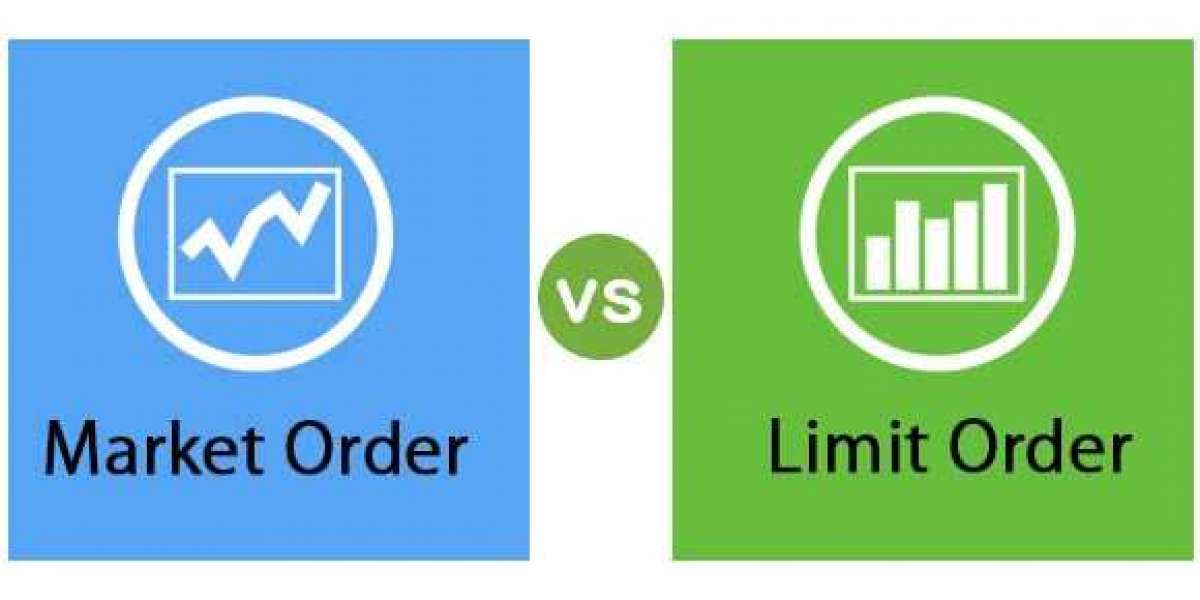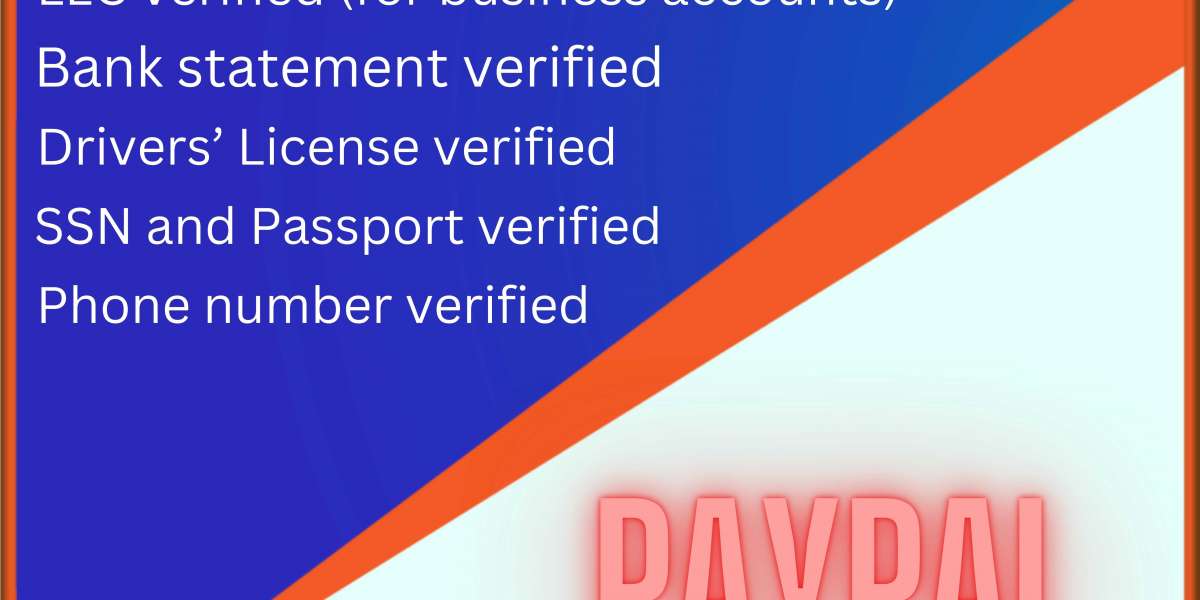What is a Market Order?
A market order is an instruction to buy or sell a stock at the best available price immediately. While it guarantees almost instantaneous execution, it does not guarantee the specific price at which the trade will occur. This means that while your order will be executed, the actual price may vary slightly between the time you place the order and the time it is filled, especially in fast-moving markets.
Benefits of a Market Order
The main benefits of a market order are as follows:
- Immediate Execution: One of the most significant advantages of a market order is that your trade is executed immediately, making it ideal in highly liquid markets.
- Ease: A market order is easy to execute, as no price limits need to be set. This simplicity makes it a quick and effective method for trading without needing to monitor the market closely.
Market orders can be affected by price slippage, the slight difference in price between the time the order is placed and when it is executed.
What is a Limit Order?
A limit order allows you to specify the price at which you want to buy or sell a stock. For a buy limit order, the trade will only occur when the stock reaches or falls below your set limit price. Conversely, a sell limit order ensures the trade is executed only when the stock price reaches or exceeds your limit price.
Benefits of a Limit Order
The following are the main benefits of a limit order:
- Price Control: A limit order allows you to control the price at which your trade is executed, ensuring that you don't buy at too high a price or sell too low.
- Protection from Market Fluctuations: By setting a specific price, you avoid the risk of your trade being executed at an unfavorable price during volatile market conditions.
The downside is that if the stock price doesn’t reach your limit, the trade may never be executed.
Market Order vs. Limit Order: Which One Should You Choose?
The decision between a market order and a limit order depends largely on your trading strategy, time horizon, and risk tolerance.
Parameters | Market Order | Limit Order |
Execution Speed | Executed immediately at the current market price | Executed only when the market price reaches the specified limit price |
Price Certainty | No guarantee of the exact price | Trade is executed at the specified price |
Execution Guarantee | High as it prioritizes speed | Less or no guarantee of execution |
Use Case | Ideal for highly liquid stocks where quick execution is more critical | Ideal for less liquid stocks or when the investor wants to control the price |
Risk of Slippage | Higher risk of slippage | Lower risk of slippage |
Flexibility | Less flexible as it does not allow setting a specific price | More flexible as it allows setting a maximum buy price or minimum sell price |
Priority | Immediate execution | Specified price and market conditions |
Impact on Trading Strategy | Useful for entering or exiting positions quickly | Useful for strategic trading |
Role of Account Demat in Executing Market and Limit Orders
An demat account holds your securities digitally, making the execution of both market and limit orders smooth and efficient. This enables you to manage your trades more effectively. However, it's important to be mindful of demat account charges.
Brokers typically charge fees for maintaining the account, executing trades, and holding securities. Some brokers waive demat account charges. Understanding your broker's fee structure can help you save on unnecessary costs.
Conclusion
Understanding the difference between market orders vs limit orders is crucial for making informed trading decisions. Market orders provide the speed necessary for quick trades, while limit orders offer precision and control over the price. Each has a role depending on your strategy, market conditions, and individual preferences.









